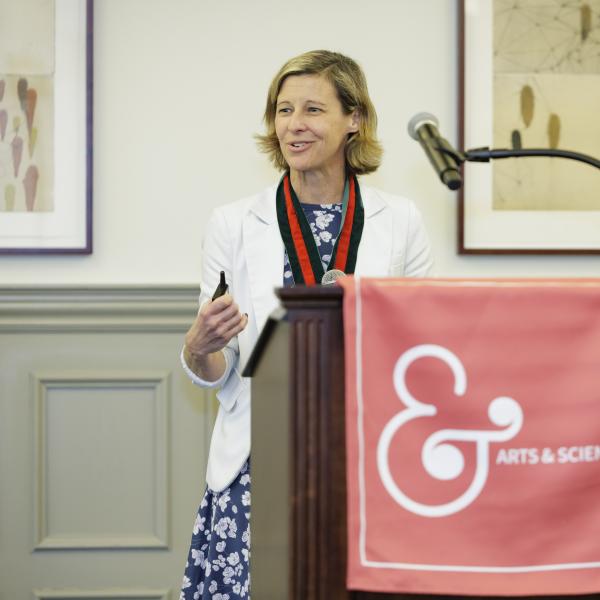A woman goes to the doctor for a mammogram. The result comes back positive. “This doesn’t necessarily mean you have cancer, false positives are common,” her doctor might say. Maybe the patient is also given a pamphlet with some statistics about mortality and survival rates.
But the test did come back “positive,” the patient thinks, so maybe the doctor is just trying to make her feel better. Maybe the patient doesn’t understand the difference between mortality and survival rates and hasn’t thought about statistics since a class in high school.
To help patients better understand their health data and the risks and benefits of treatment options, the National Science Foundation (NSF) has awarded a $174,254 grant to Alvitta Ottley, assistant professor of computer science and engineering at the School of Engineering & Applied Science, and of psychological and brain sciences in Arts & Sciences at Washington University in St. Louis.
“Lots of people are receiving test results and they don’t understand them,” Ottley said. “They have to understand procedures and their risks, and then there are false positives and false negatives. My job is to take this somewhat complex statistical information and present it in ways people can understand.”
Ottley has worked on general visualization problems that ask how our individual psychology affects the way we receive information and make decisions. She also has built tools for facilitating communication between doctors and patients.
In this current project, however, the tools she is building are not for experts, they’re for patients with no expertise in medicine or statistics.




Leave a Comment:
0 Comments